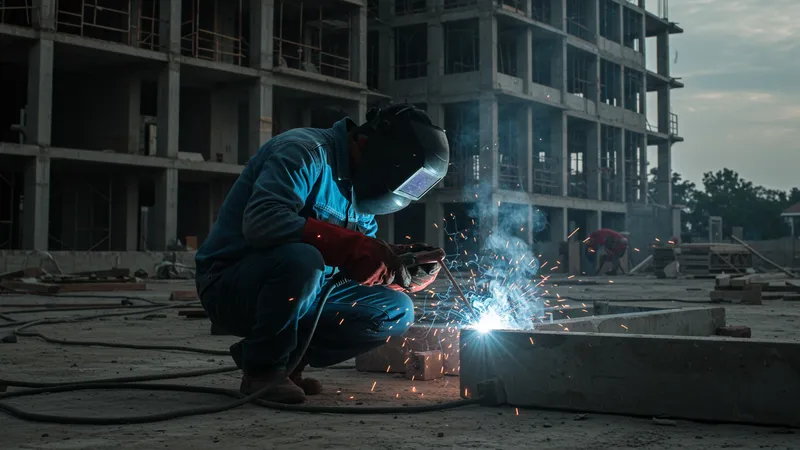
Gas Vs. Arc Welding In Indonesia: Which One Should You Choose
Did you know that countless welders in Indonesia have been making the switch from gas to arc welding over just a few months? Many are claiming it’s revolutionizing the industry. But is that truly the case?
With construction booming like never before, this decision has become crucial for professionals and hobbyists alike. Navigating the complexities of selecting the right method can significantly impact project success.

- Used across numerous Indonesian shipyards, Lincoln Electric’s Arc Welders are known for their reliability, costing around $300 to $2500.
- Favored in high-pressure pipeline work, ESAB Gas Welding Kits provide a robust solution for $500 to $1500.
Shockingly, while gas welding provides superior flexibility, arc welding is lauded for its speed and strength. Many experts argue that the latter often leads to stronger joints, reaping significant cost savings. Yet both methods have unique strengths depending on the application. But that’s not even the wildest part…
The environmental implications of these welding techniques are astounding. ARC welding uses less toxic materials, posing fewer health hazards. Conversely, gas welding’s use of acetylene can lead to harmful emissions. The impact of this difference is influencing Indonesia’s push for greener practices. But what’s to come might surprise you even more…
The implications of choosing between gas and arc welding in Indonesia are vast. What happens next shocked even the experts as each method reveals hidden costs and potential benefits that could redefine the industry…